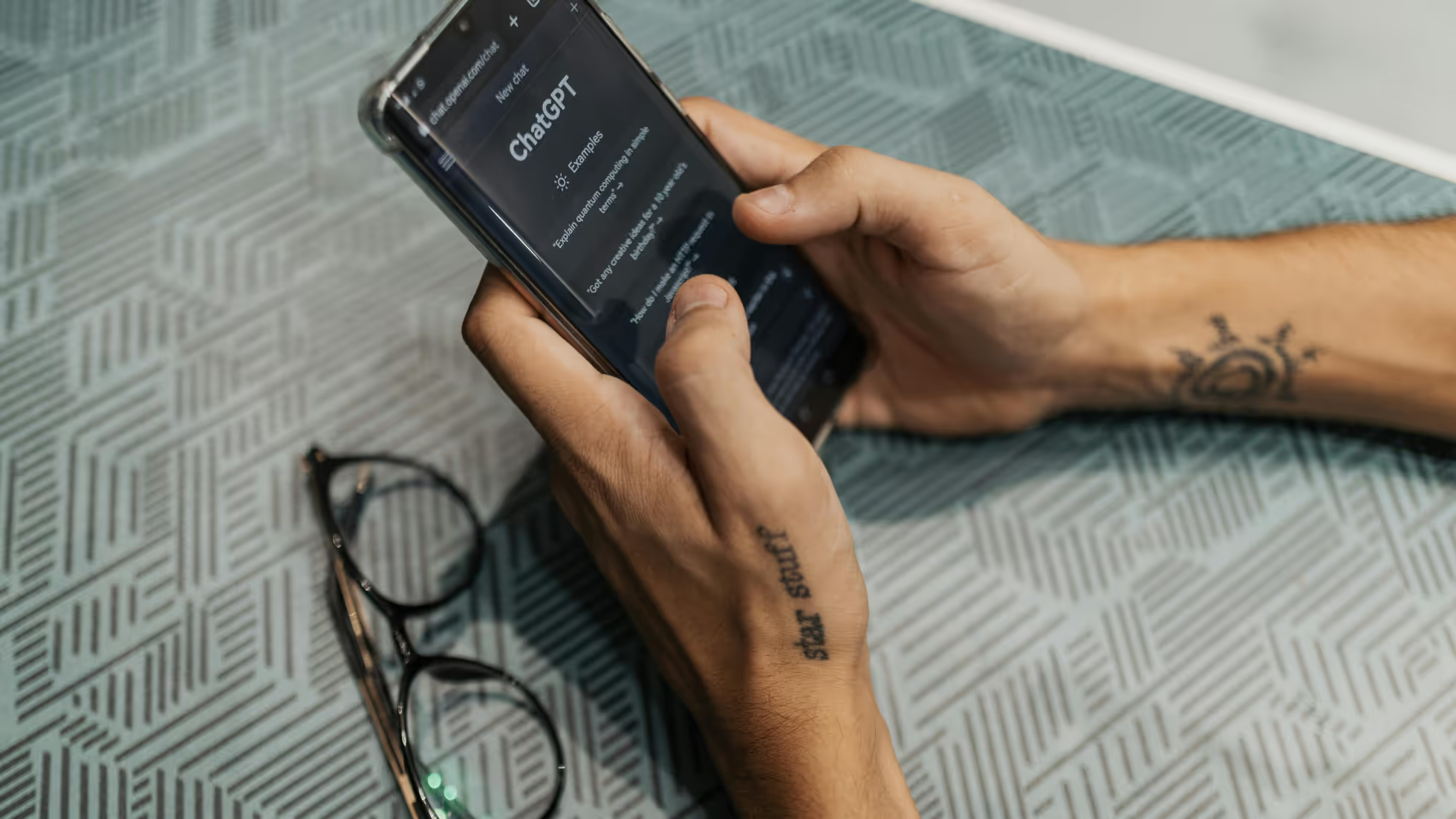This year has seen incredible leaps and bounds for the world of UX/UI with a far more human-centric approach to experience and design. As always, UX and UI share a significant responsibility to take care of new demands and provide users with the best experience when they interact with products and 2023 is forecasted to be most innovative yet. We've collated our top 5 trends for you to look out for in the year ahead.
1. Designing with Cross-Device User Experience in mind
Cross-device user behaviour refers to how a user engages with a given funnel through two or more different devices throughout the journey. Today’s device user intermittently swaps one device for another while navigating from what is known as ‘micro-moments’ (mobile) to ‘extended-focus’ (desktop) periods. As these patterns become increasingly more common between users and their connected devices, understanding how to design for multiple devices is now a required skill for UX designers. This concept essentially builds on designers knowing how to map the journey a user takes — how a user may move from one device such as mobile to a larger console or tv screen and then designing and understanding edges cases from that can be vital.
2. Immersive Experiences
First breaking ground in the gaming world, augmented reality (AR) has been absolute game-changers for social enterprises and eCommerce businesses. Previously, businesses have utilised video to present short clip demos to showcase products and give customers a new way to meet their products. Augmented reality (AR) takes things a step further - with this technology, customers can see the item they’re shopping for in 3D onscreen or modelled in their homes. Marking a new era in online shopping experiences, this new immersive consumer experience is top of mind for e-commerce businesses in 2023.
3. Design for wearables
Building on our first trend, design for cross-device use is top of mind. Wearable devices have quickly embedded into users’ private, professional, and social use, forcing designers to innovate on a whole new level.
Though seemingly simple workarounds, minimizing interruptions is a top priority and can be complicated. Users want to know what’s going on but designing a feed to be helpful, not intrusive is a challenge. In 2023, graphic artists will need to focus on delivering the content in a more organic and friendly way, tapping into human-centric visuals and text. Another adage to this is “mirror design”, calling on teams to architect apps in a related and complementary way for multiple devices. If something occurs on a smartphone, it should be reflected (or even doable) on a tablet or a smartwatch seamlessly.
4. Accessibility becomes a legal requirement
Prioritizing contextual and accessible design is a must. Whether users want to record a run, a smartwatch should let you play music or a podcast while doing it and do so with one or two taps away. The ability to quickly respond to a message or a text without a full-sized keyboard (through voice recognition or a simple emoji) will go even further. With an increased focus on accessibility for all types of users for new tech, designers are now looking to create more inclusive solutions to user experience. Quick in-app and cross-app interactions, with the previously mentioned mirror design, will elevate applications to a new level with every user in mind.
5. Figma to remain top of all designer’s list
Despite Adobe’s whopping 20 Billion takeovers, it is predicted that more designers will move over from their native Adobe XD use to the cloud-based phenomenon, Figma. In a recent statement, Figma’s co-founder and CEO, Dylan Field announced that Figma will continue to operate autonomously and will continue to improve Figma Design and FIGJAM, predicting good outcomes for the next era of Figma. On top of this, Figma will inherit Adobe’s technology in digital imaging, video, vector, 3D, AI, and machine learning features, building a new impressive machine.
Adobe has also recognized Figma superiority’s over Adobe XD in prototyping and as a collaboration tool and though Adobe may look to keep Adobe XD, Figma is the future for designers of all levels.
Are you looking to bolster your UX and UI operations? Chat to us about your hiring solutions needs today or find your dream UX/Ui job here.






.avif)


